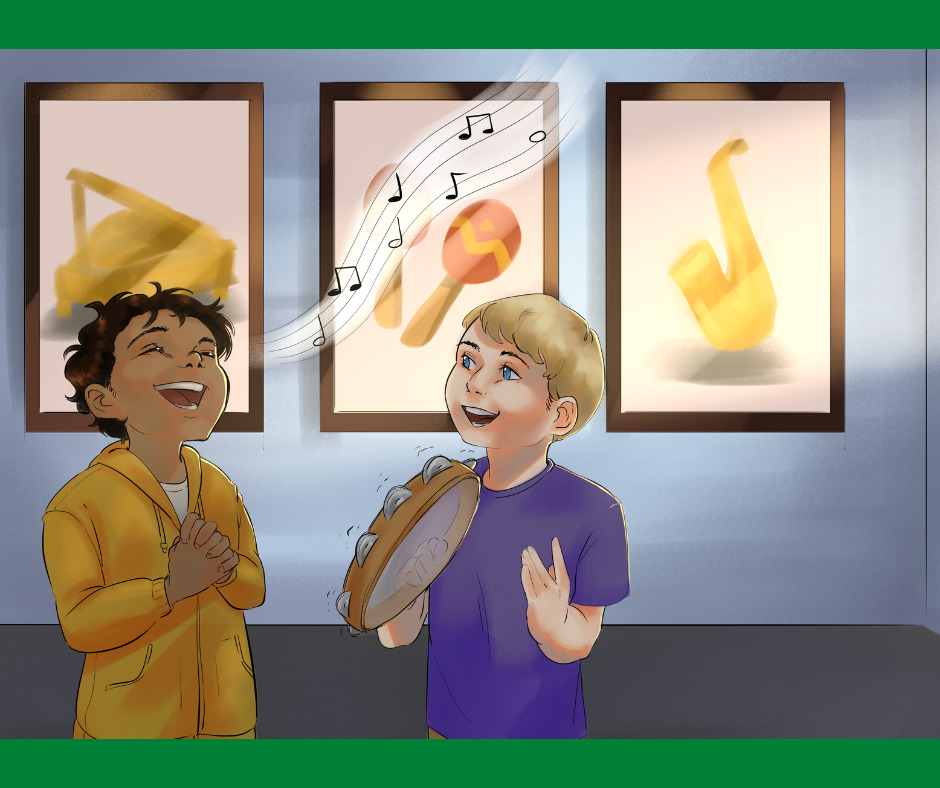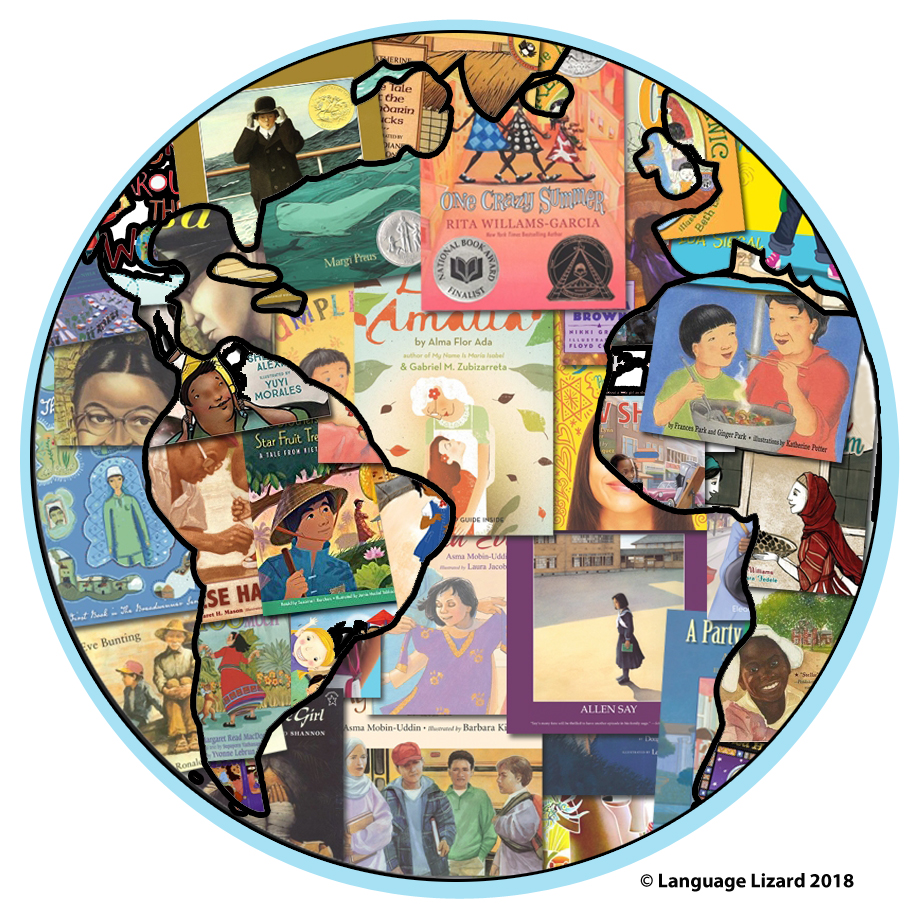 Today, as we celebrate Thanksgiving, Language Lizard completes our conversation with Anamaría Amador. We talk about the value in showing gratitude, the influence role models can have, and multiculturalism in the classroom.
Today, as we celebrate Thanksgiving, Language Lizard completes our conversation with Anamaría Amador. We talk about the value in showing gratitude, the influence role models can have, and multiculturalism in the classroom.
Gratitude and Role Models
Every year at Thanksgiving, we talk about what we’re thankful for. More often than not, we list the people in our lives that have left an impact. Teachers often make an appearance on that list. Each one of us is able to pinpoint a teacher who created “a spark for learning” or who helped “make us care” about school. As we finish our conversation with Anamaría Amador, we learn about who her role models were and how she brings multiculturalism to her classroom.
An Interview with Anamaría Amador: The Final Part
Carol Felicio (CF): Are there any specific role models that you look up to or try to bring into your work?
Anamaría Amador (AA): One professor I had at Hunter College, her name was Dorothy Vislocky. It was very interesting to see how she combined, at a very early stage, dance and therapy. She founded the Hunter College Dance Company. She was very important to many people. As the ideal of someone who could be a role model, she always stayed in my mind. She took the risk of being more interdisciplinary. She wasn’t a psychologist, but she was an artist and the way she was trained was very different. She brought more of the science of the body and the developmental work to creative movement work.
In terms of being open and flexible and unafraid of bringing many areas together, I also think of Dr. Carol Garber. She is the director of Applied Physiology at Teachers College, Columbia University. She offers research positions which investigate the physical activity of children in their classrooms. I actually worked with her on a project. She is a good role model for the whole world in kinesiology and physiology.
CF: Are there any cultural elements that you bring into the classroom whether it’s for a bilingual or monolingual classroom?
AA: While using music, I try to use not only music related to the Caribbean or Spanish speaking countries, but also music that uses more drums and percussion – African music, for example. I think that creates a natural sense of rhythm and feeling grounded for the children. I sometimes use a little bit of classical music just to have something softer and quiet. The grounded percussion sound relates well to a child’s development.
CF: What message would you like to give to other early childhood educators working in movement or a bilingual space?
AA: I would say don’t be afraid of using a second language that is not English and don’t be afraid of integrating a more active classroom throughout your day. Trust that teaching through movement can help a lot in a child’s learning process.
What role models are you thankful for this year? Give your teachers a shout out on social media and tag @LanguageLizard!

